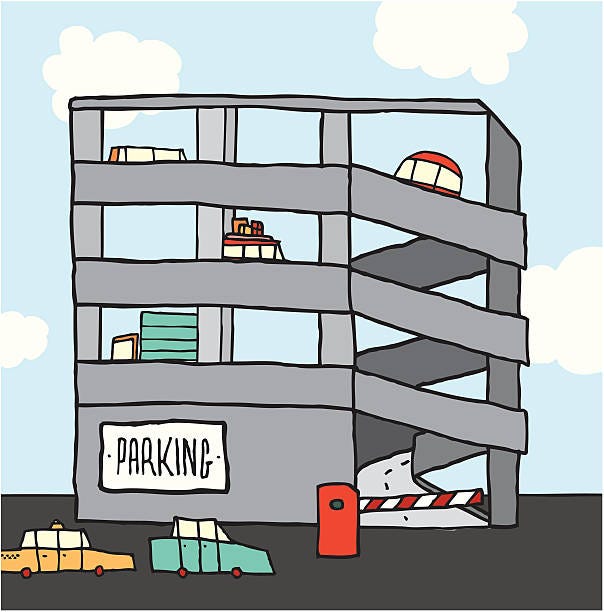Low level system design — Parking Lot Design Part — I
On approaching the problem statement
In this article, we are going to focus on how to approach a given problem statement using the following steps.
-
Understand the system requirements and constraints.
-
Identify the objects in a system.
-
Establish relationships between objects, and
-
Implement based on Object-Oriented principles
Understanding requirements:
Let’s take a look at the system requirements for creating a Parking lot system.
- The parking lot should have multiple floors where customers can park their cars.
- The parking lot should have multiple entry and exit points.
- Customers can collect a parking ticket from the entry points and can pay the parking fee at the exit points to the parking attendant or automated exit panel
- Customers can pay via both cash and credit cards.
- The system should not allow more vehicles than the maximum capacity of the parking lot. If the parking is full, the system should be able to show a message at the entrance panel and on the parking display board on the ground floor.
- Each parking floor will have many parking spots. The system should support multiple types of parking spots such as Compact, Large, Disabled, Motorcycle, etc.
- The system should support parking for different types of vehicles like car, truck, van, motorcycle, etc.
- Each parking floor should have a display board showing any free parking spot for each spot type.
- The system should support a per-hour parking fee model. For example, customers have to pay some amount based on the Vehicle type.
- Admins should be able to add parking floors and parking spot.
How to approach the problem statement ?
The next step is to convert those requirements into design diagrams to get a better understanding of the system we are going to develop. A UML diagram is a way of visualizing a software program using a collection of diagrams.
-
Top-down approach — The major focus is on breaking the bigger problem into smaller ones and then repeating the process with each problem.
-
Bottom-up approach — Primarily focuses on identifying and resolving the smallest problems and then integrating them together to solve the bigger problem.
Top-down approach
In this phase, we are converting the problem statement into smaller components without going into nitty-gritty details. Along with behavior diagrams, like sequence diagram helps in understanding the overall functionality of a system in its initial stages.
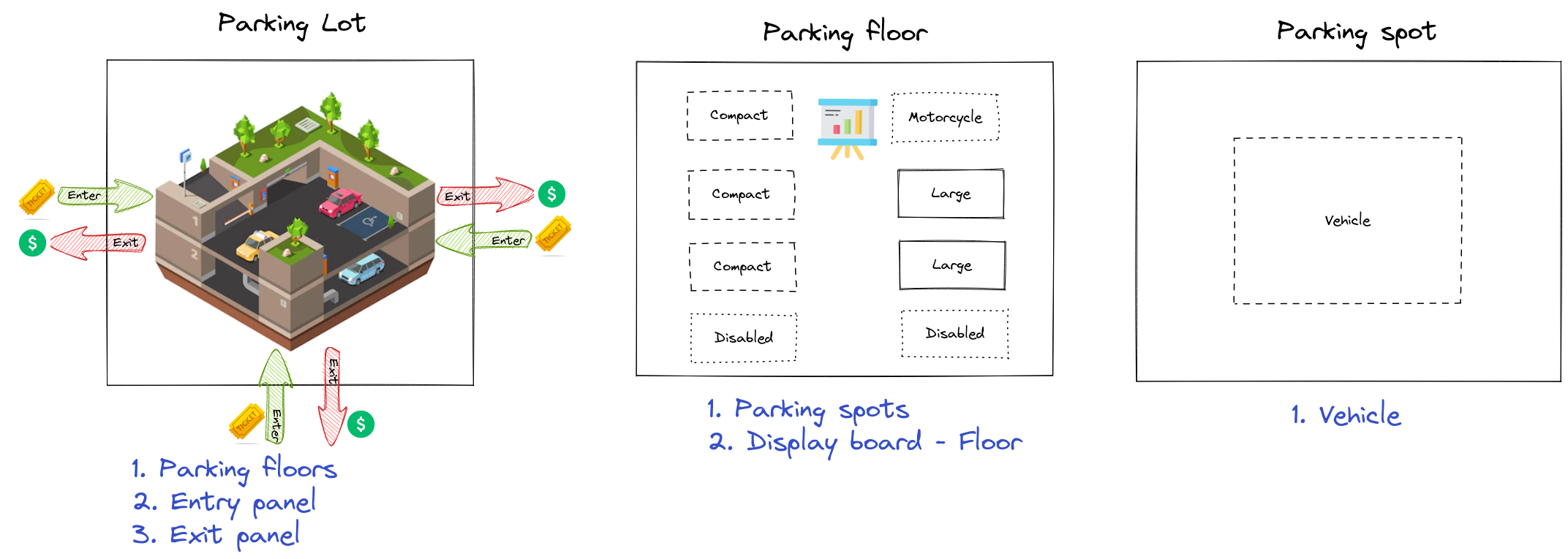
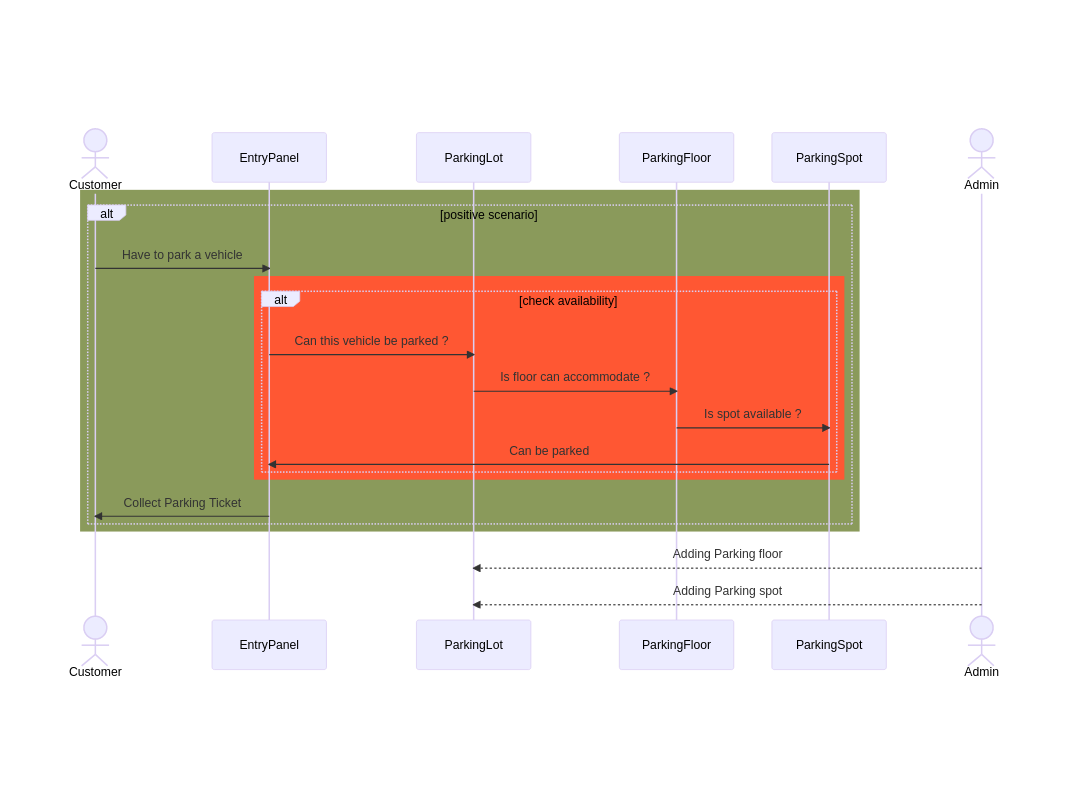
Bottom-up approach
When it comes to implementation, it is always recommended to follow a bottom-up approach, in which structure diagrams like class diagrams come in handy.
Parking spot
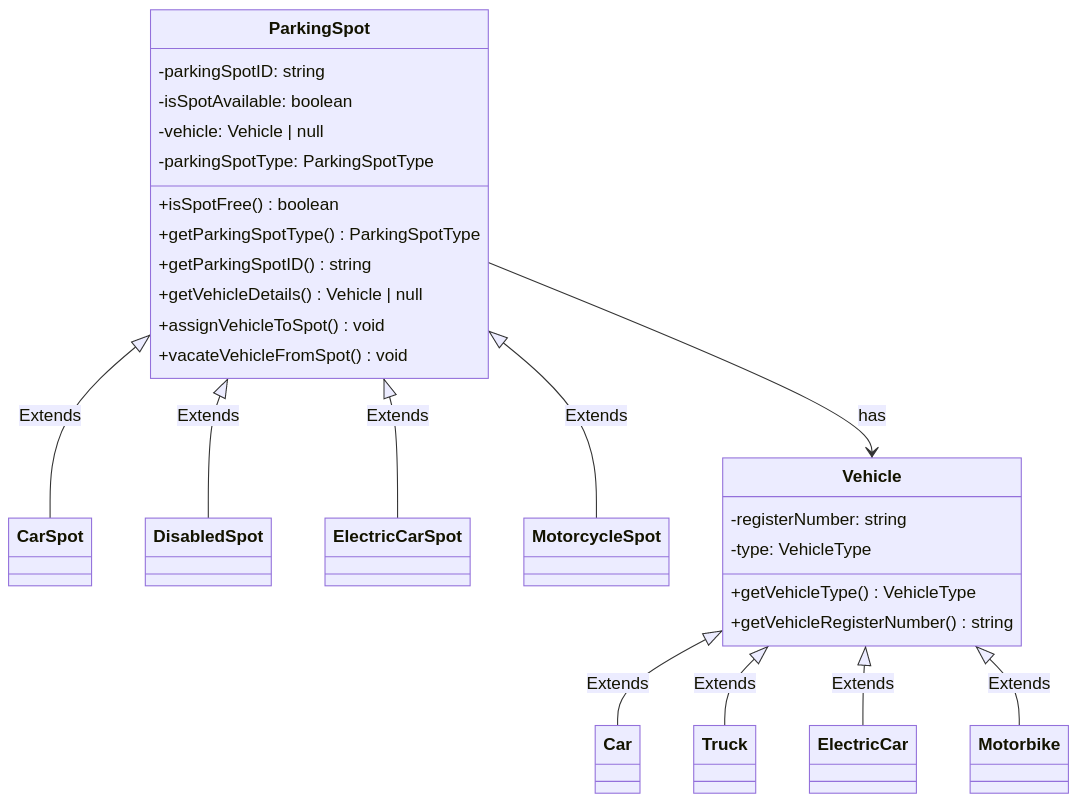
-
The parking lot should support multiple types of parking spots, such as compact, large, disabled, and motorcycle spots.
-
The system should support parking for different types of vehicles, such as cars, trucks, vans, and motorcycles.
Parking floor
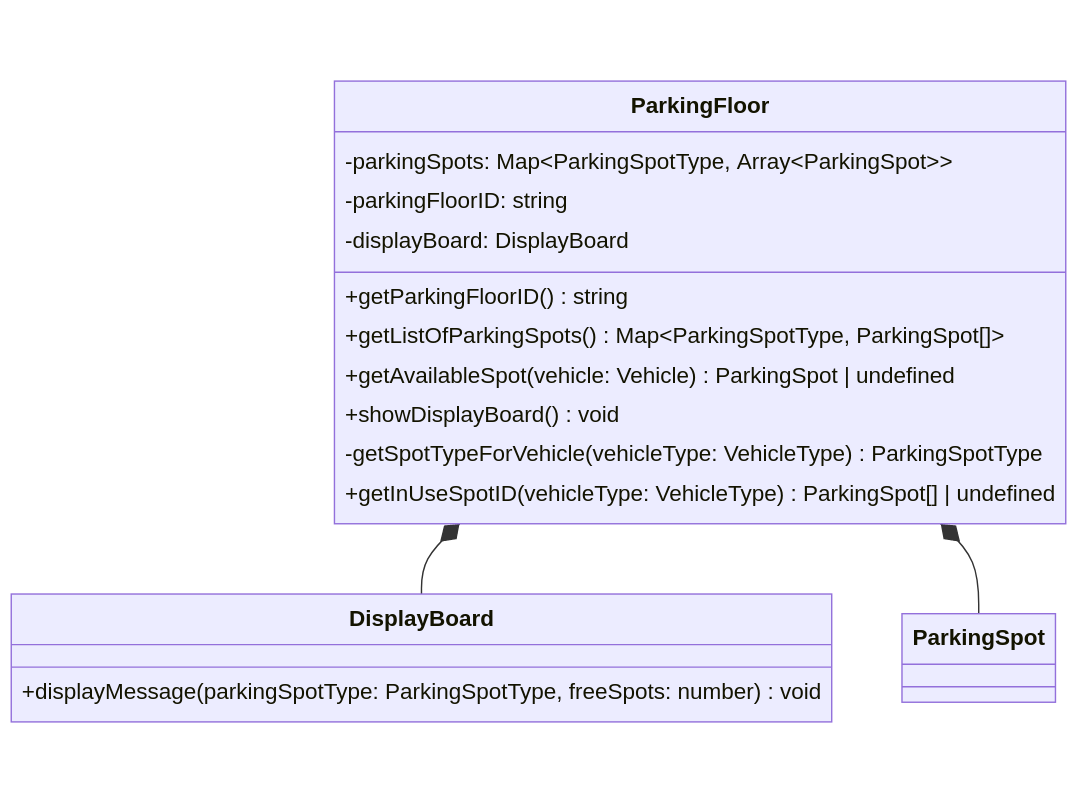
- Parking floor should have access to Parking spot and each floor should have access to Display board.
Parking lot
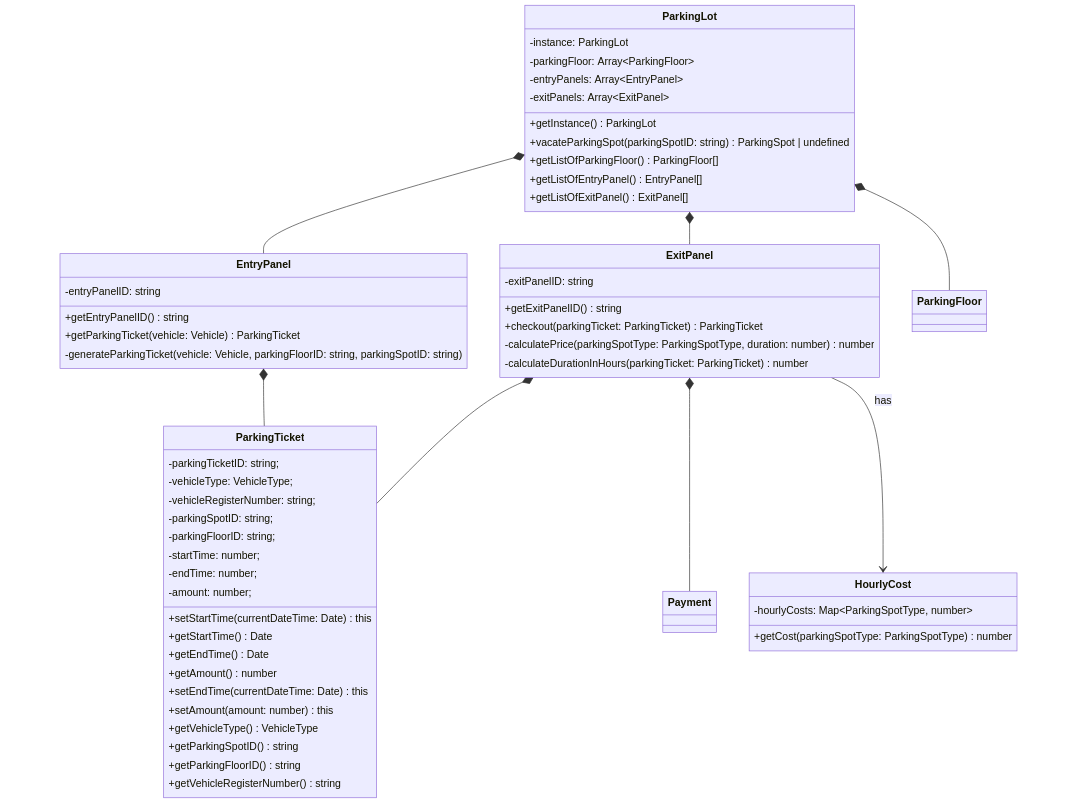
-
Parking lot should contain list of Exit panel, Entry panel and Parking floor available in the system.
-
Entry panel and Exit panel makes use of the Parking Ticket service.
Overall Architecture
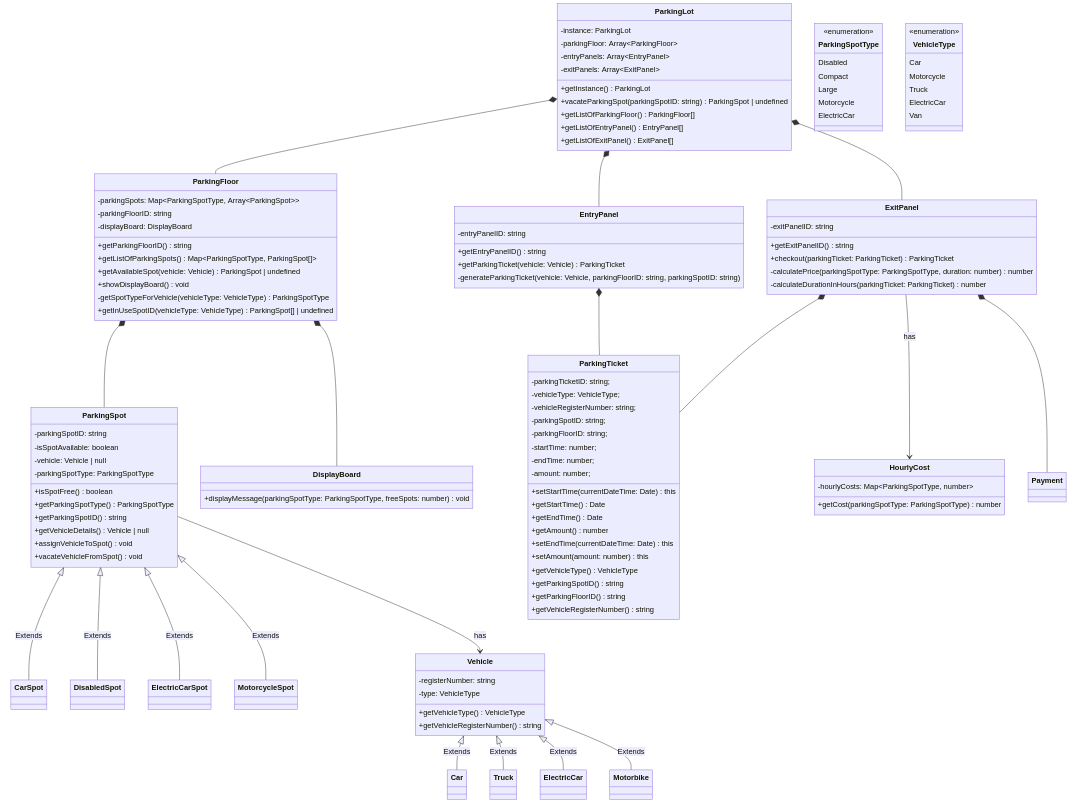
Originally published on Medium
🌟 🌟 🌟 The source code for this blog post can be found here 🌟🌟🌟
References:
[1] https://github.com/tssovi/grokking-the-object-oriented-design-interview
[2] https://www.youtube.com/watch?v=nnpT0WXifLk
[3] https://www.youtube.com/watch?v=tVRyb4HaHgw
